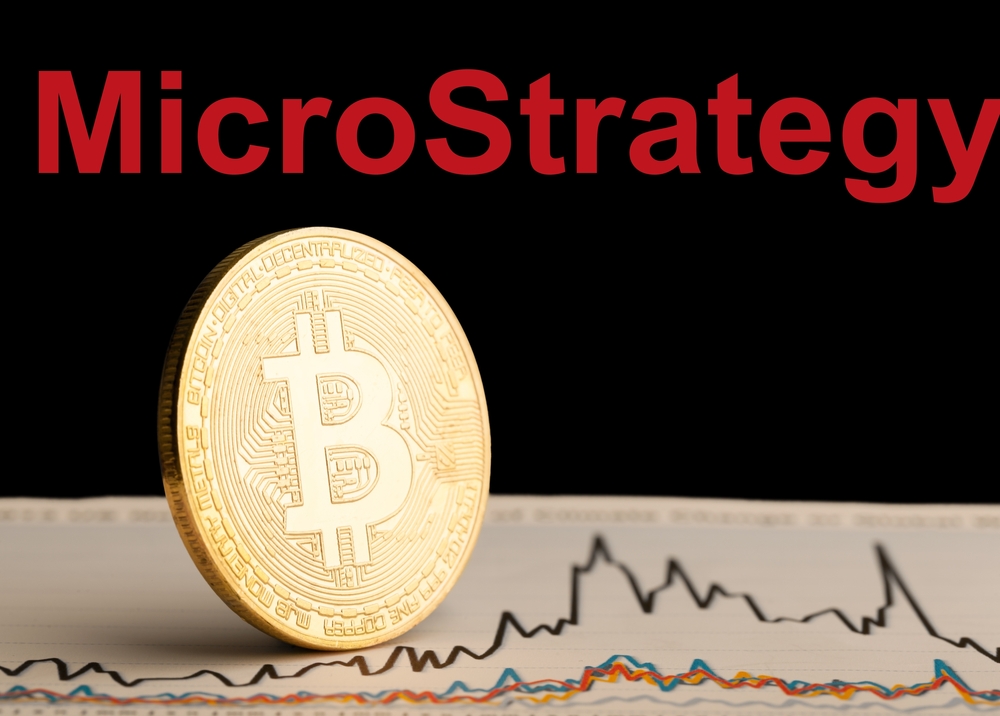Table of Contents
ToggleIntroduction
Cryptocurrency whales are influential players in the digital asset market, holding significant amounts of digital currencies in their portfolios. These large investors can cause notable price fluctuations and impact the overall market trends. Being aware of their presence and understanding their behavior is crucial for traders and investors to make informed decisions in the volatile crypto market.
Crypto whales often make headlines for their significant transactions, attracting the attention of market participants and even earning coverage on social media platforms like Twitter. For example, accounts like Whale Alert actively track and report on large-scale cryptocurrency transactions. Whale activity can lead to speculation, increased volatility, and temporary price changes, making it essential for market participants to keep a close eye on their actions.
Key Takeaways
- Cryptocurrency whales hold substantial amounts of digital assets and can influence market trends.
- Tracking whale activity is crucial for informed decision-making in the volatile crypto market.
- Social media platforms, such as Twitter, aid in monitoring and reporting large-scale transactions by crypto whales.
Understanding Cryptocurrency Whales
Who are the Whales?
Cryptocurrency whales are individuals or entities who possess a large amount of a specific crypto asset. These large holders, also referred to as “crypto whales,” can control a significant portion of the supply for certain cryptocurrencies. Typically, a whale accumulates significant amounts of a cryptocurrency during its early stages or when the market is experiencing a downtrend. They can potentially influence market trends and prices due to their concentration of holdings.
Influence of Whales on the Market
The presence of crypto whales in the market can have a noticeable impact on crypto asset prices. Whales can use their large holdings to create price fluctuations intentionally or unintentionally. When a whale decides to sell a large portion of their holdings, it can cause a significant drop in the market price as the sudden increase in supply outpaces the demand.
Conversely, when a whale decides to buy a large amount of a specific cryptocurrency, it can create a surge in demand, leading to price increases. This behavior often results in market reactions and trends, leading to speculation and volatility. It is essential for other market participants to be aware of the presence of whales and understand their potential influence on the market.
Whale Watching in the Crypto Market
Role of Social Media
Social media platforms, particularly Twitter, play a crucial role in monitoring whale activities in the cryptocurrency market. There are dedicated Twitter accounts and aggregators like Whale Alert that allow users to access real-time information on large transactions made by huge “whale” holders. These platforms have become major influence points in the market, as news travels fast, and often, market movements are affected by information shared on social media.
Watching Whale Movement
To effectively watch whale movements, investors can turn to a variety of tools available online. One popular tool is “cryptocurrency whale watching” applications that provide users with the necessary information to track and follow large transactions made by whales. Another essential resource for monitoring whales is Whalemap, which offers visual representations of significant cryptocurrency inflows and outflows.
These tools also offer insights into various cryptocurrency transactions, giving investors valuable information such as:
- Transaction size
- Frequency of transactions
- Addresses of sender and receiver
- The associated exchange or platform
Signals of Whale Activity
Knowing what to look for when watching whale movements can be crucial in navigating the volatile cryptocurrency market. Here are some common signals of whale activity:
Large transactions: A sudden surge in large transactions often indicates a whale moving significant amounts of cryptocurrency. Spotting these transactions early can help predict potential market shifts.
Cryptocurrency accumulation: Whales accumulating (or buying) large quantities of a specific cryptocurrency could signal a bullish trend, suggesting that the overall market has confidence in that coin.
Dumping: Whales selling substantial amounts of cryptocurrency can adversely impact confidence in the market and trigger a price decline.
Market manipulation: Some whales may engage in coordinated pump and dump schemes, artificially inflating the price of a cryptocurrency and then selling it for a profit.
While no tool or method can guarantee a perfect understanding of whale market behavior, staying vigilant and employing a combination of social media monitoring, whale watching applications, and understanding the signals of whale activity can provide a more informed perspective on the dynamics of the cryptocurrency market.
Whale Market Behavior
Buying Large Amounts
Whale market behavior often begins with buying large amounts of cryptocurrencies, which can have a huge impact on the overall market. These whales typically have significant holdings and can influence the price movements based on their buying patterns. They acquire large amounts of tokens or coins during low market periods or when they predict a bullish market sentiment. This can result in upward pressure on prices and create market distortions, which may lead to temporary price spikes or long-term price appreciation. For example, when a whale buys Bitcoin in massive quantities, it can cause the price of the cryptocurrency to rise quickly.
Dispensing Tokens on Massive Scales
Another aspect of whale market behavior is dispensing tokens on massive scales. When whales decide to sell their holdings, they do so in large quantities, often applying downward pressure on cryptocurrency prices. This selling can occur due to various reasons, such as profit-taking, portfolio rebalancing, or reacting to market news. A sudden increase in selling activity by whales can create a ripple effect throughout the market, causing smaller investors to follow suit and exacerbate price declines. This behavior can be observed in studies examining cryptocurrency liquidity during extreme price movements, where the presence of herding behavior occurs during both up and down markets.
Driving Market Sentiment and Volatility
Whales also play a significant role in driving market sentiment and volatility. Their large-scale buying and selling activities can spur volatility in cryptocurrency price movements due to the sheer volume of tokens being traded. Market participants often monitor whale transactions and adjust their trading strategies accordingly to capitalize on potential market trends.
In addition, the influence of whales’ market sentiment can be seen when herding behavior in cryptocurrencies is analyzed. Whales tend to have a prominent impact on the overall market sentiment, creating anticipated price changes or reactions to specific market events. As a result, other investors and traders often follow whales and their perceived market sentiment, which in turn can lead to further price movements, either up or down, depending on the direction of the whale’s actions.
In conclusion, whale market behavior is characterized by large-scale buying and selling, as well as influencing market sentiment and volatility. Understanding these patterns can help investors better navigate the unpredictable waters of the cryptocurrency market.
Major Cryptocurrency Whales
Bitcoin
In the Bitcoin market, whales can significantly influence prices due to their sizable holdings. A few notable Bitcoin whales include Satoshi Nakamoto, the elusive creator of Bitcoin believed to hold around 1 million BTC, and Michael Saylor, CEO of MicroStrategy, who reportedly holds over 100,000 BTC.
Another prominent Bitcoin whale is Tim Draper, a venture capitalist who famously bought 30,000 BTC during the US Marshals auction in 2014. The Winklevoss twins, Tyler and Cameron Winklevoss, also hold substantial Bitcoin holdings through their Gemini exchange.
Ether
The Ether ecosystem includes whales that can cause significant price swings due to their market positions. Some key figures in this sphere include Brian Armstrong, CEO of Coinbase, who is known for being an Ether supporter.
Large Ether Holders:
- Brian Armstrong: CEO of Coinbase
- Ethereum Foundation: Holds a significant portion of Ether for development purposes
Altcoin Whales
In the broader altcoin market, there are several influential whales, such as Elon Musk, CEO of Tesla and SpaceX, who is known for his tweets about Dogecoin and his effect on the market. In addition, other substantial altcoin holders may not always be well-known figures but can still create substantial market fluctuations.
Anonymity in the altcoin market can sometimes make it difficult to identify specific whales. However, whale watching tools and services help track large transactions, shedding light on potential market movers.
In conclusion, cryptocurrency whales play a significant role in shaping market trends, especially for Bitcoin, Ether, and various altcoins. Their actions can lead to noticeable price swings, highlighting the importance of awareness and observation in the dynamic world of digital currencies.












